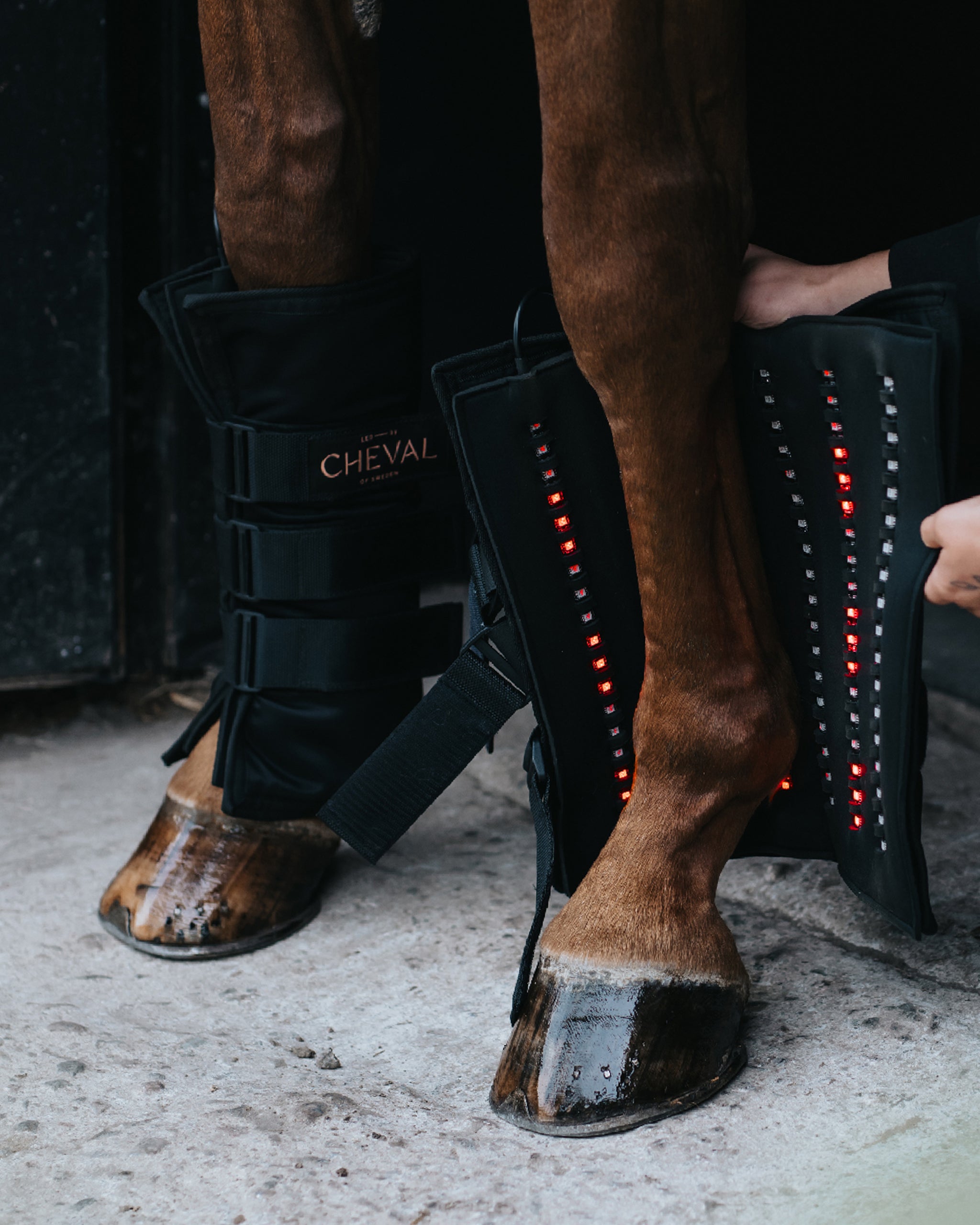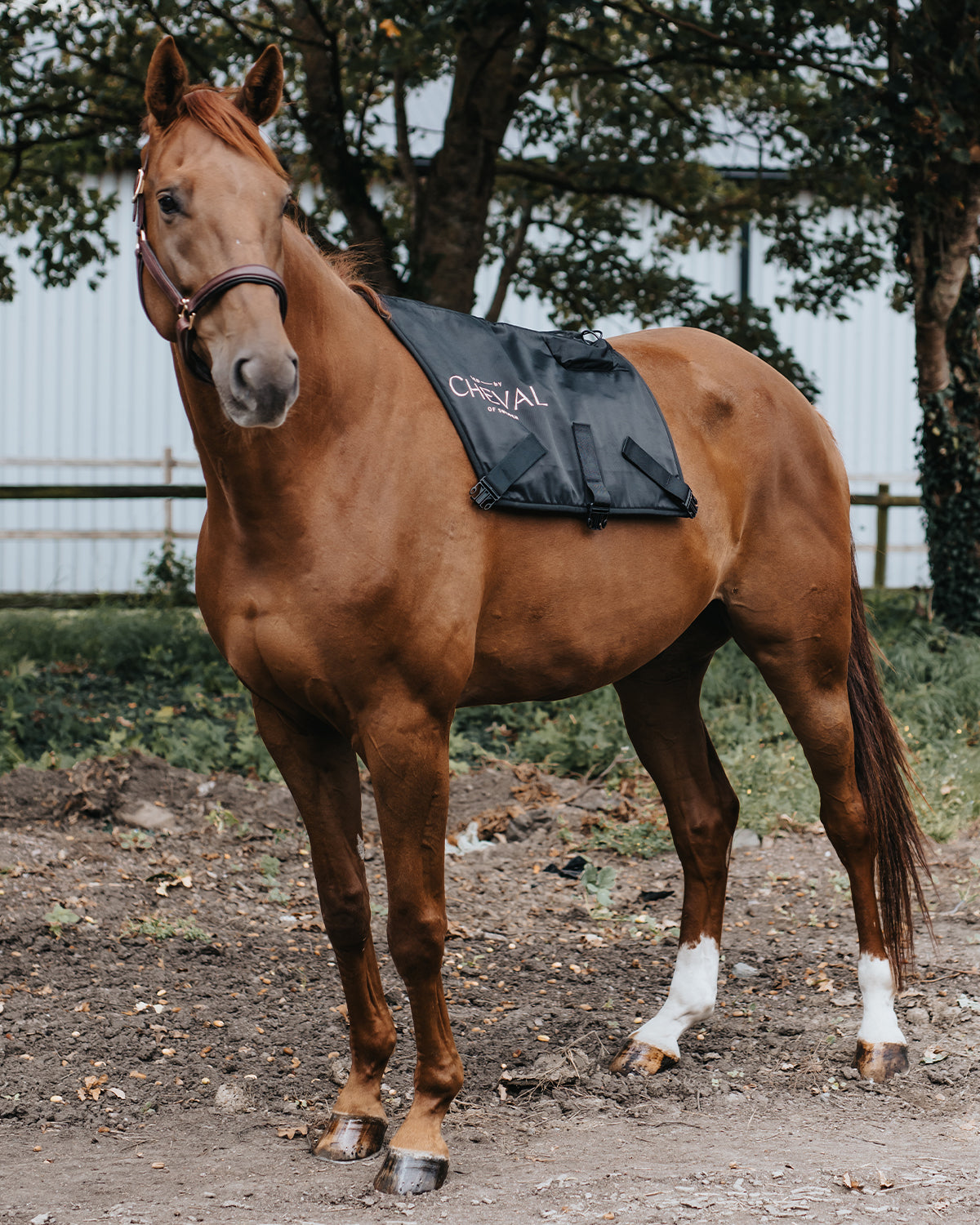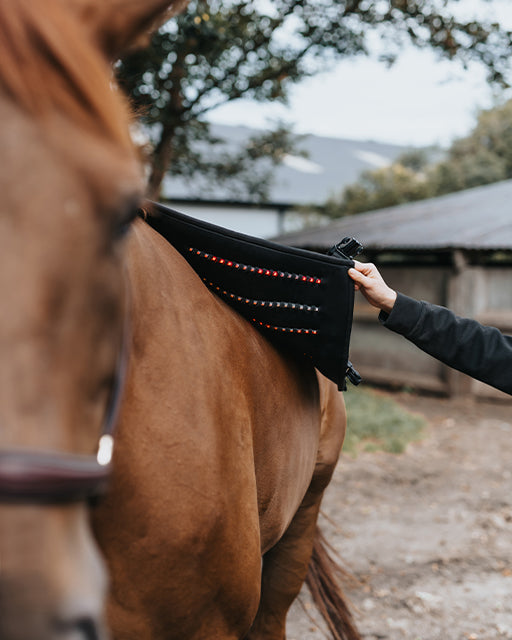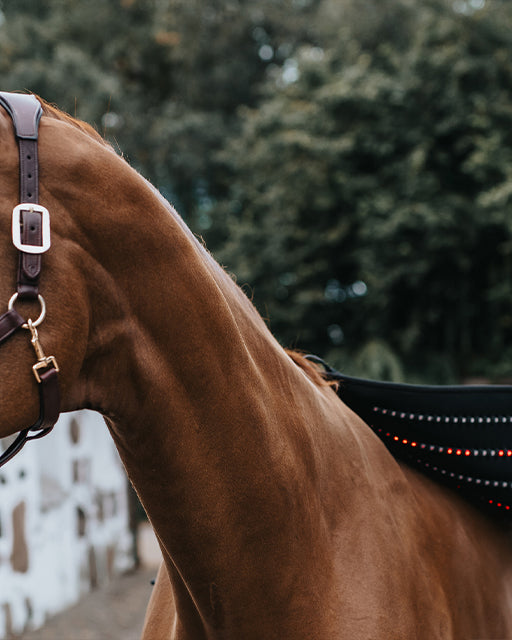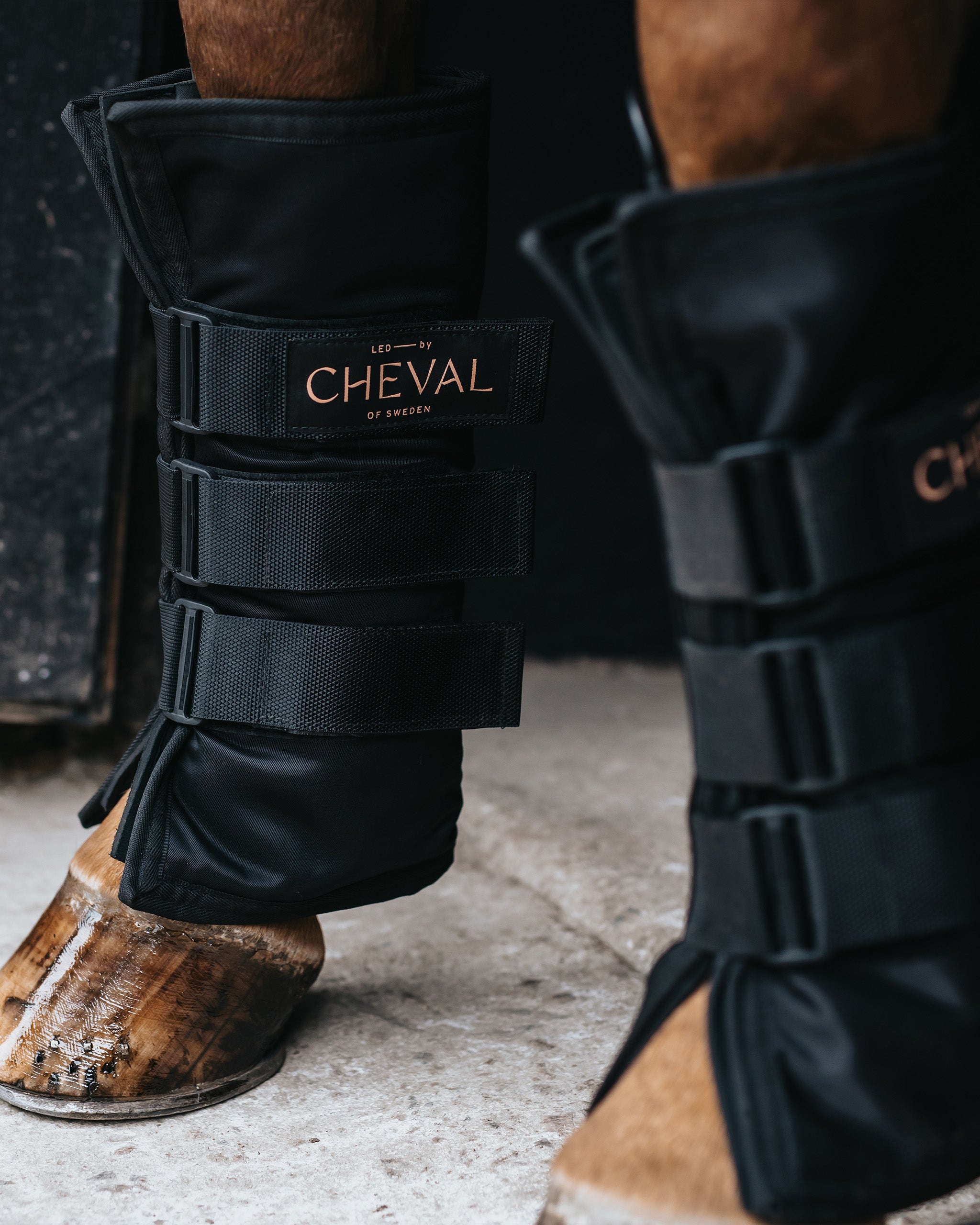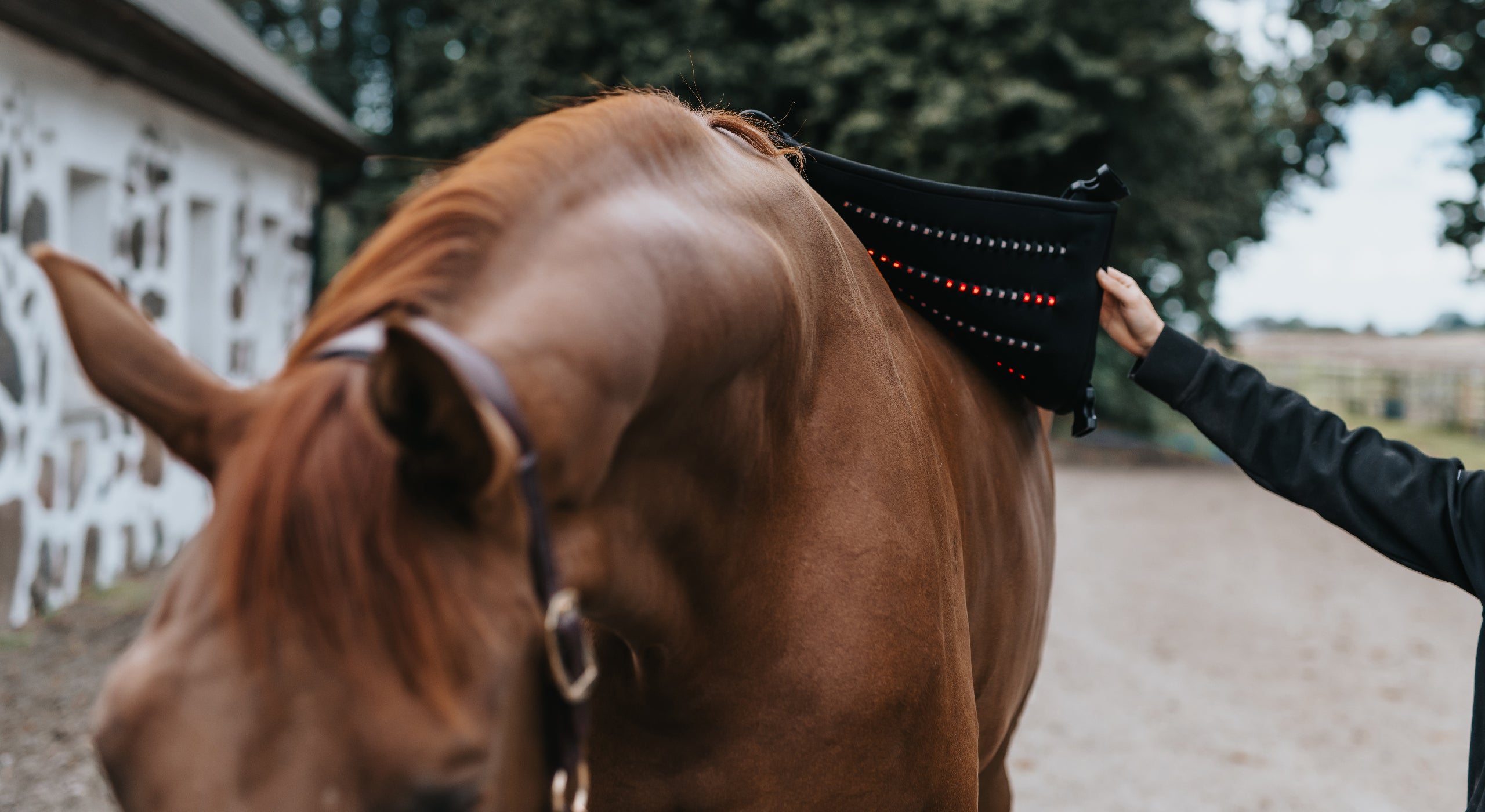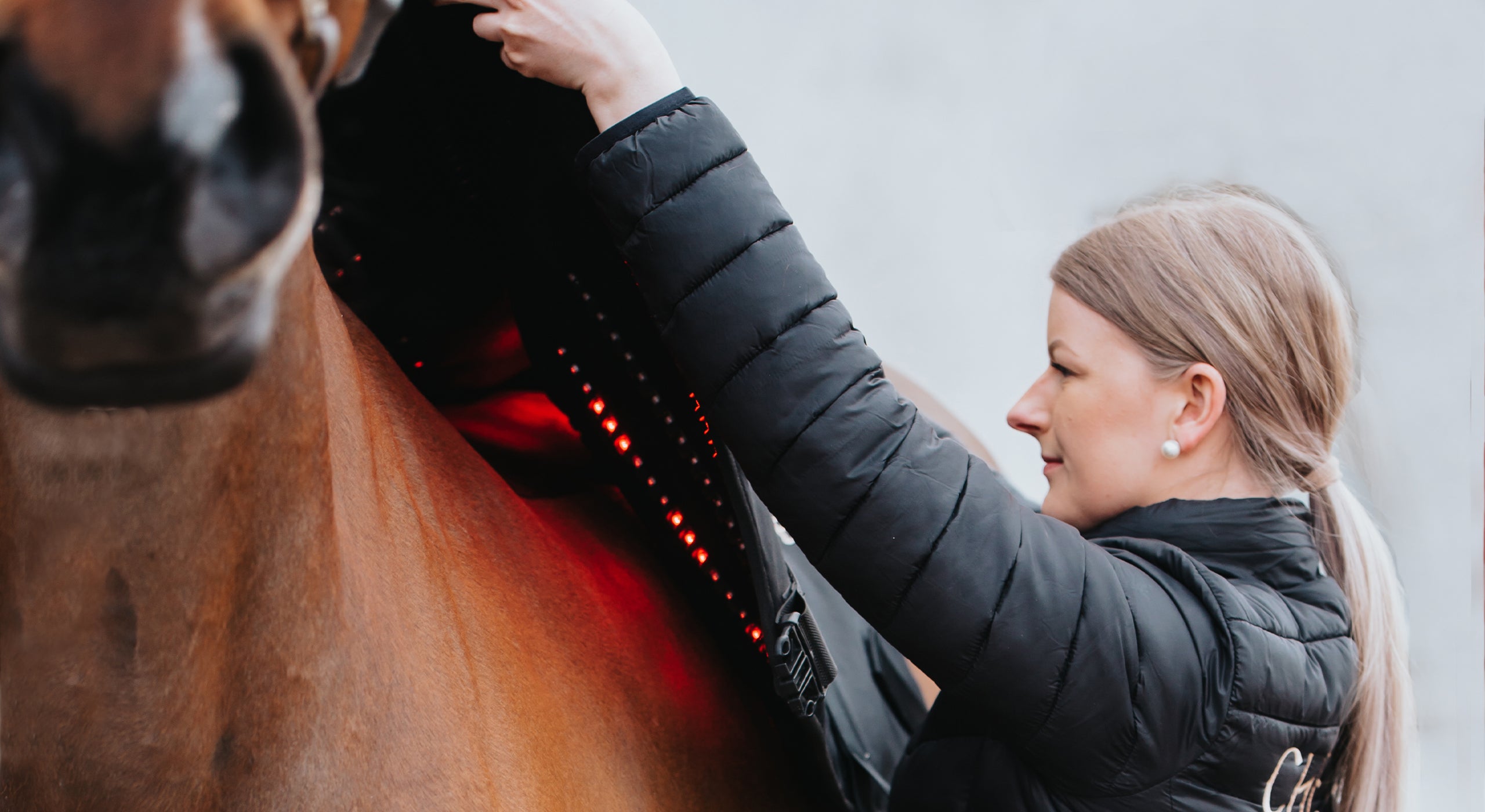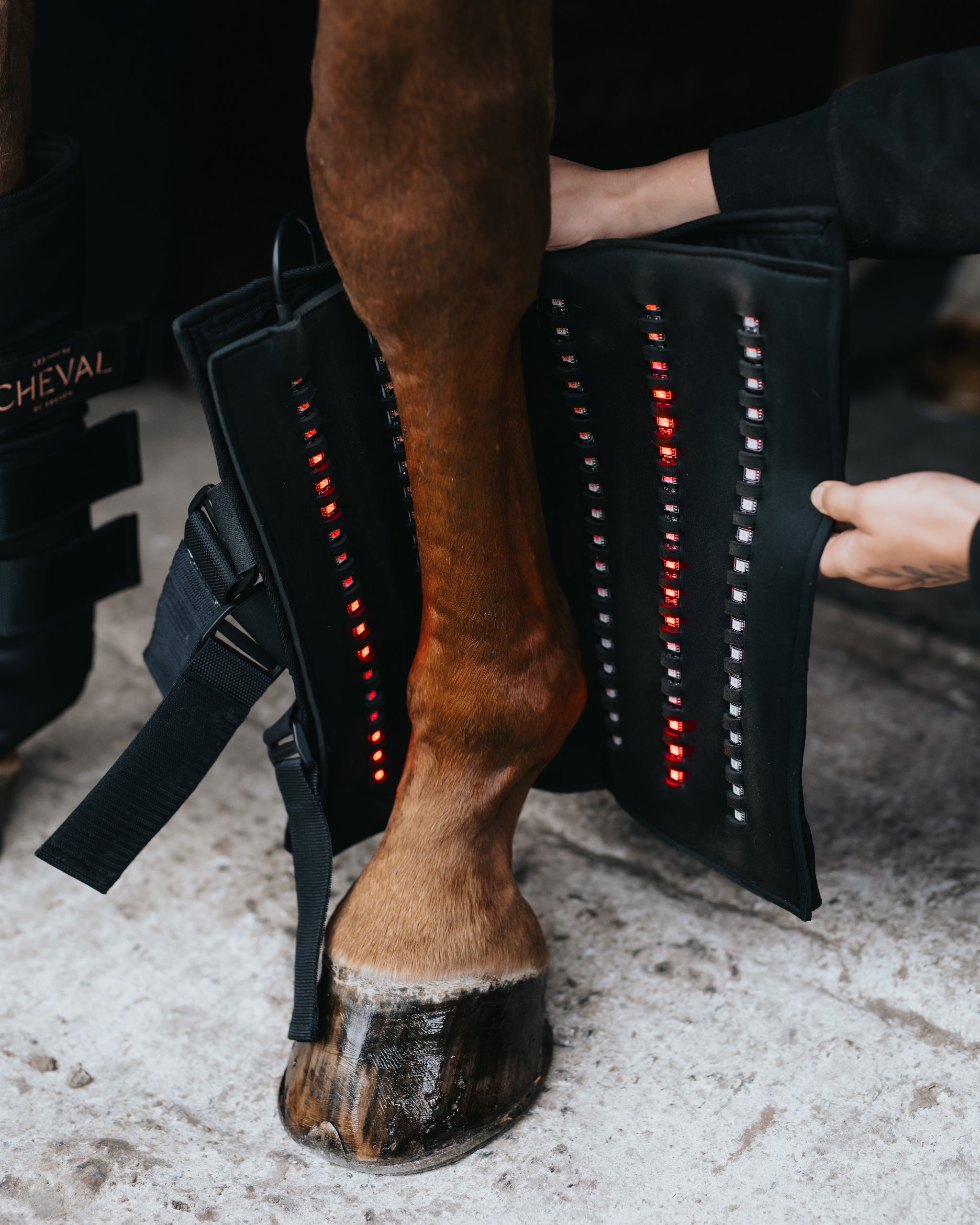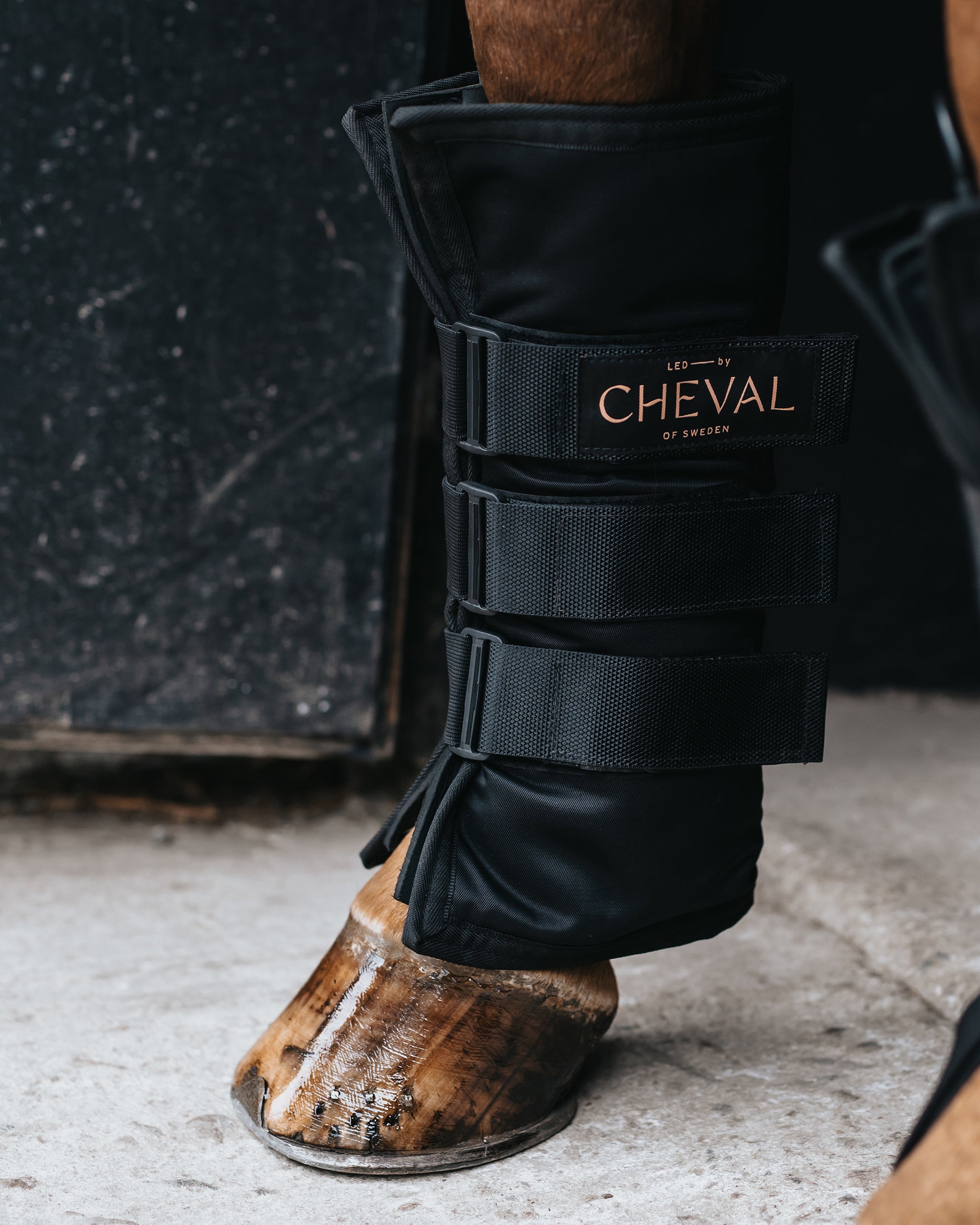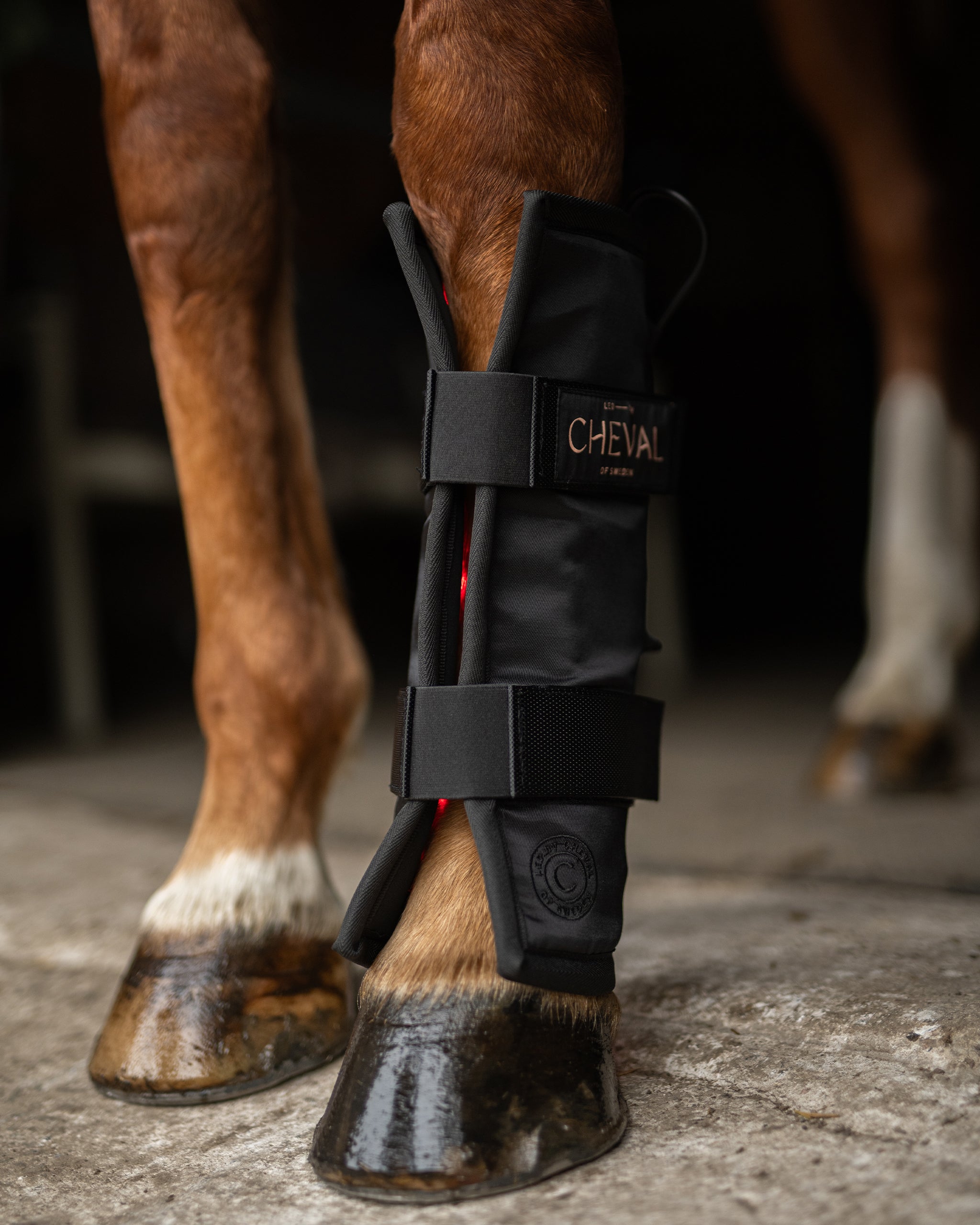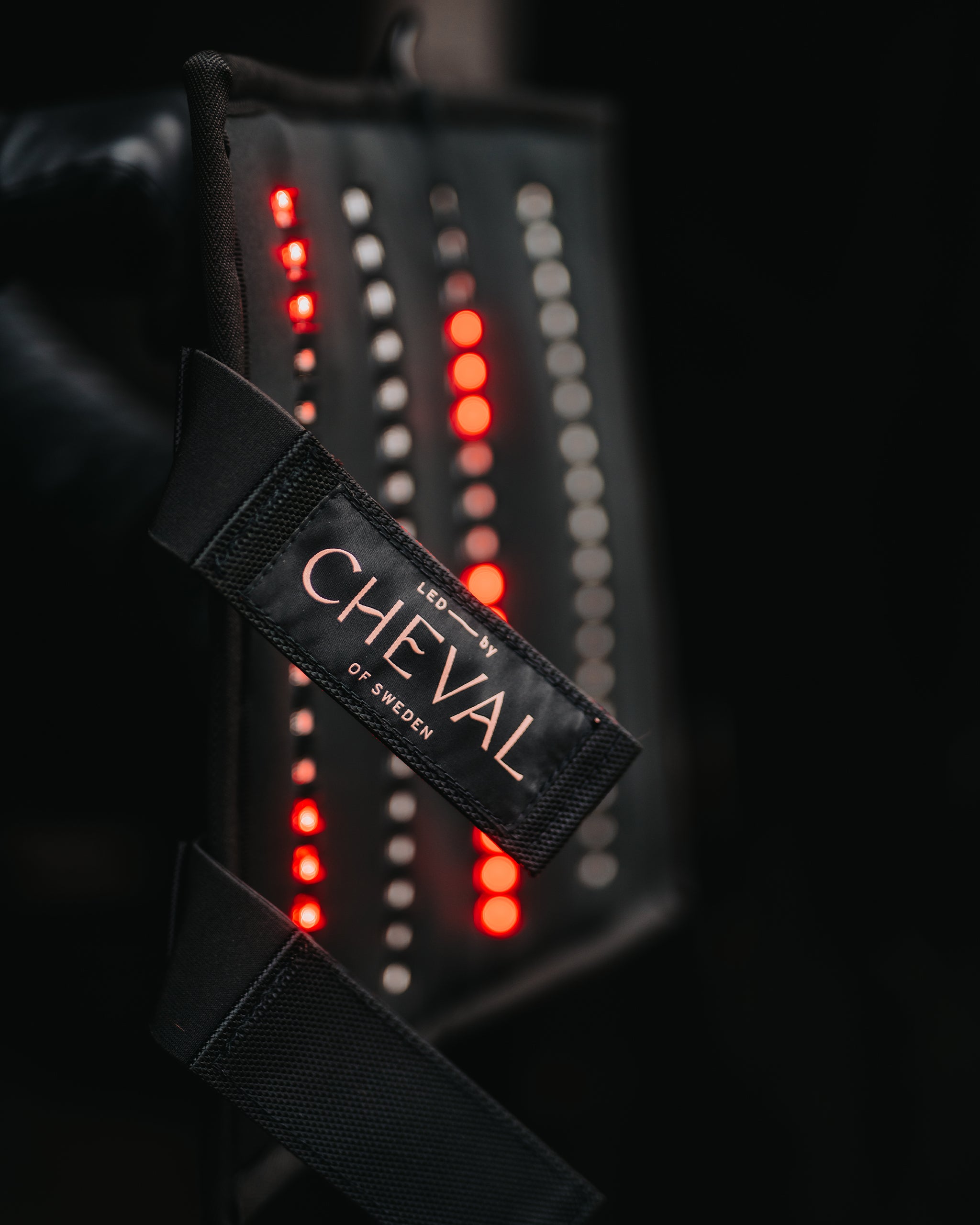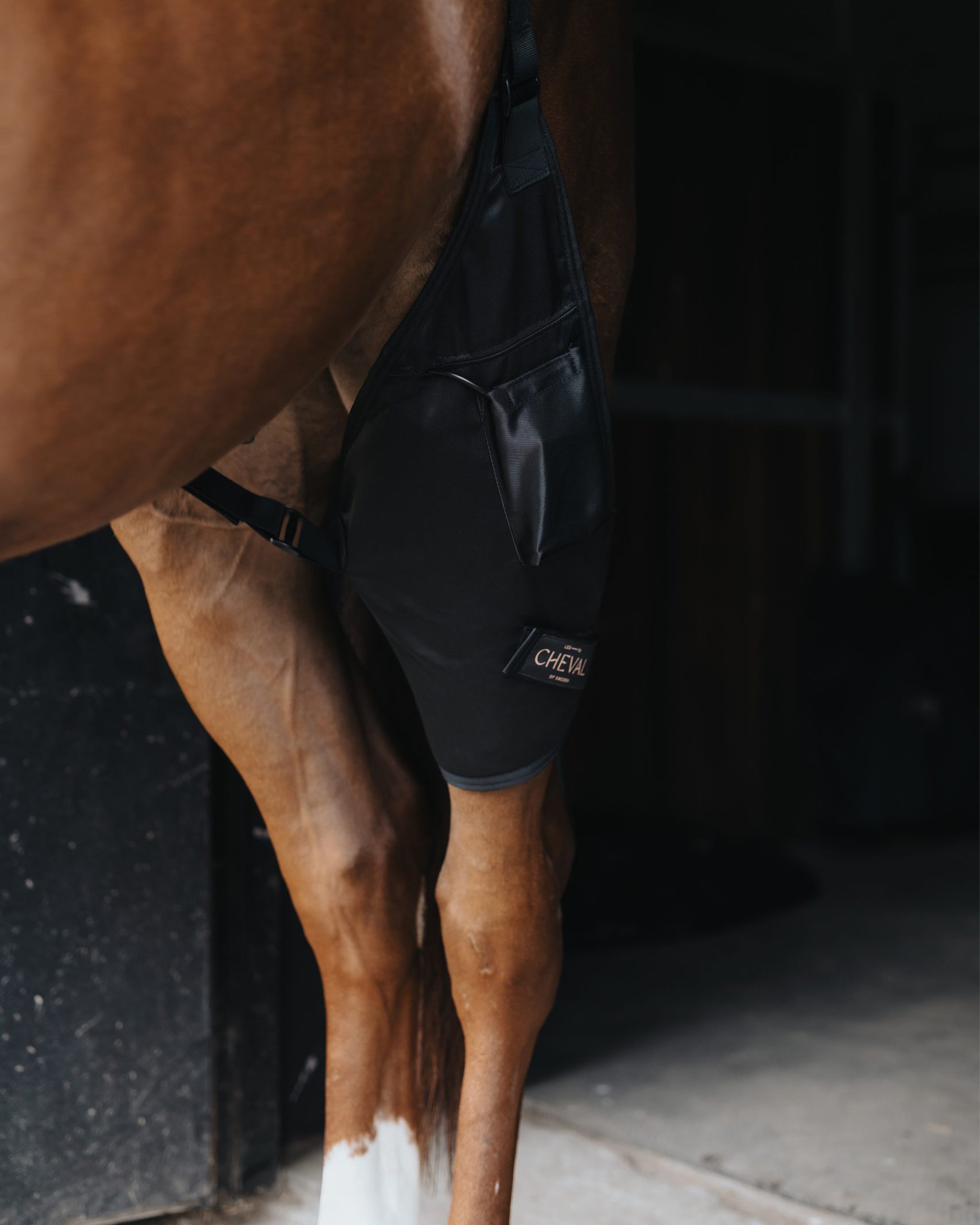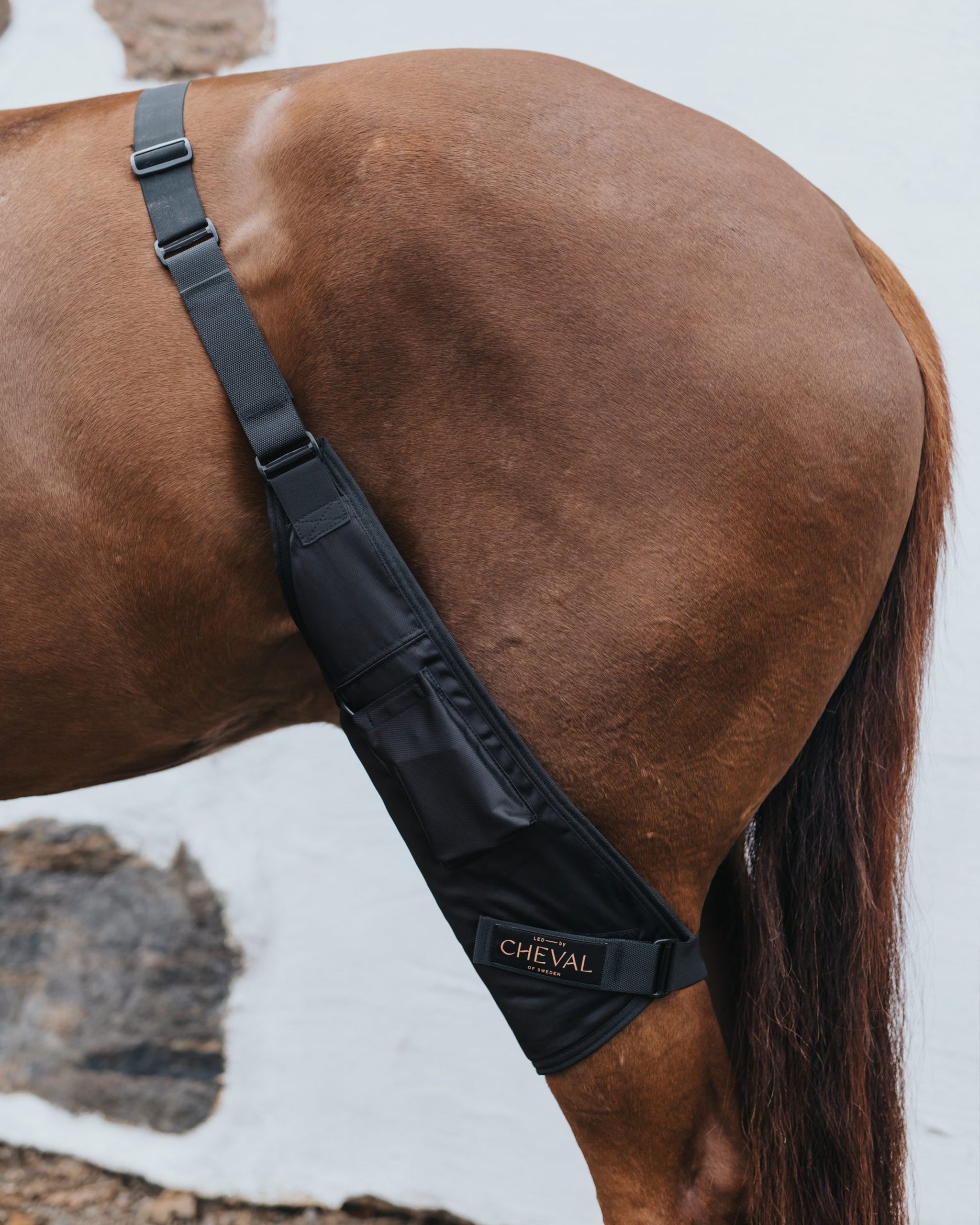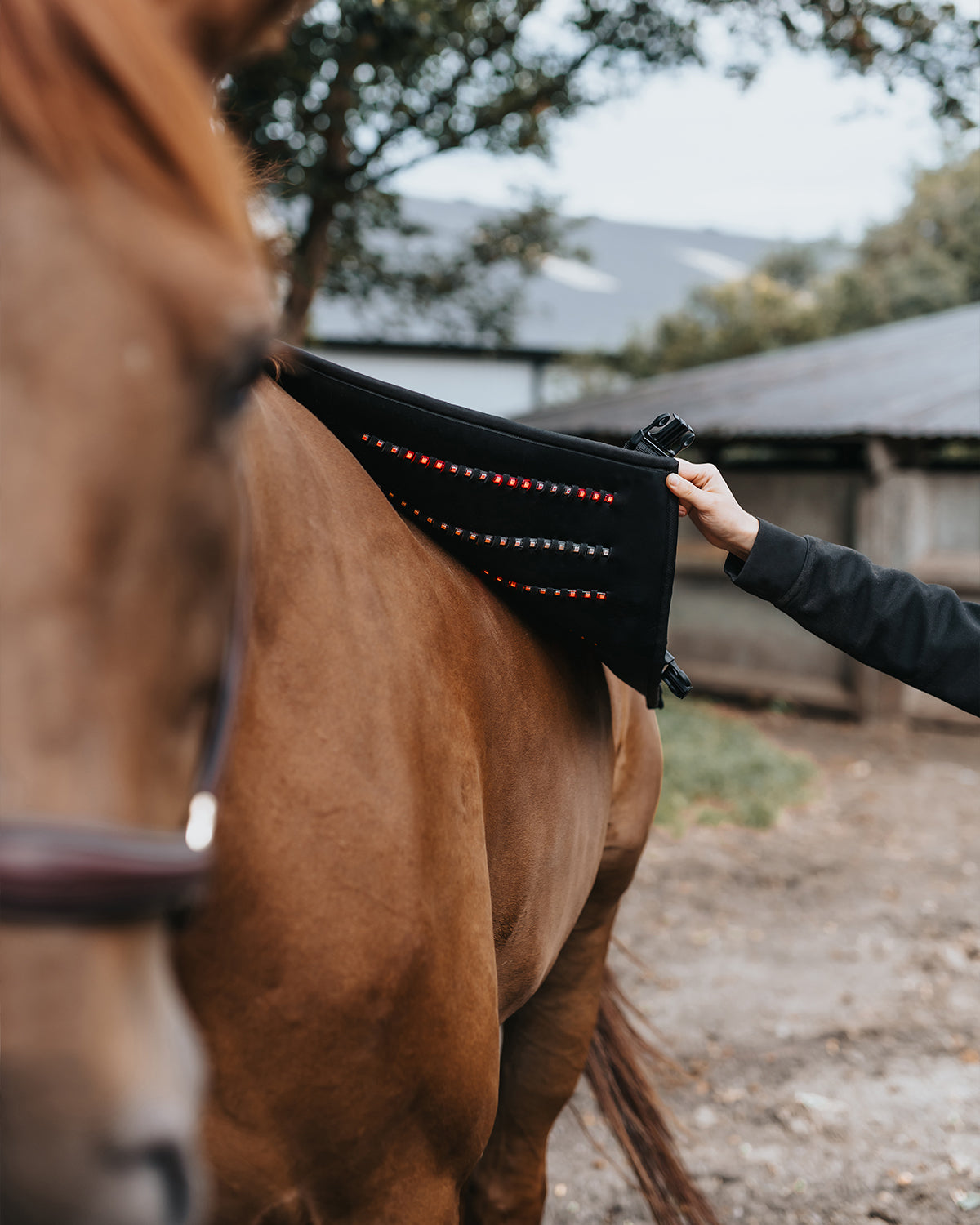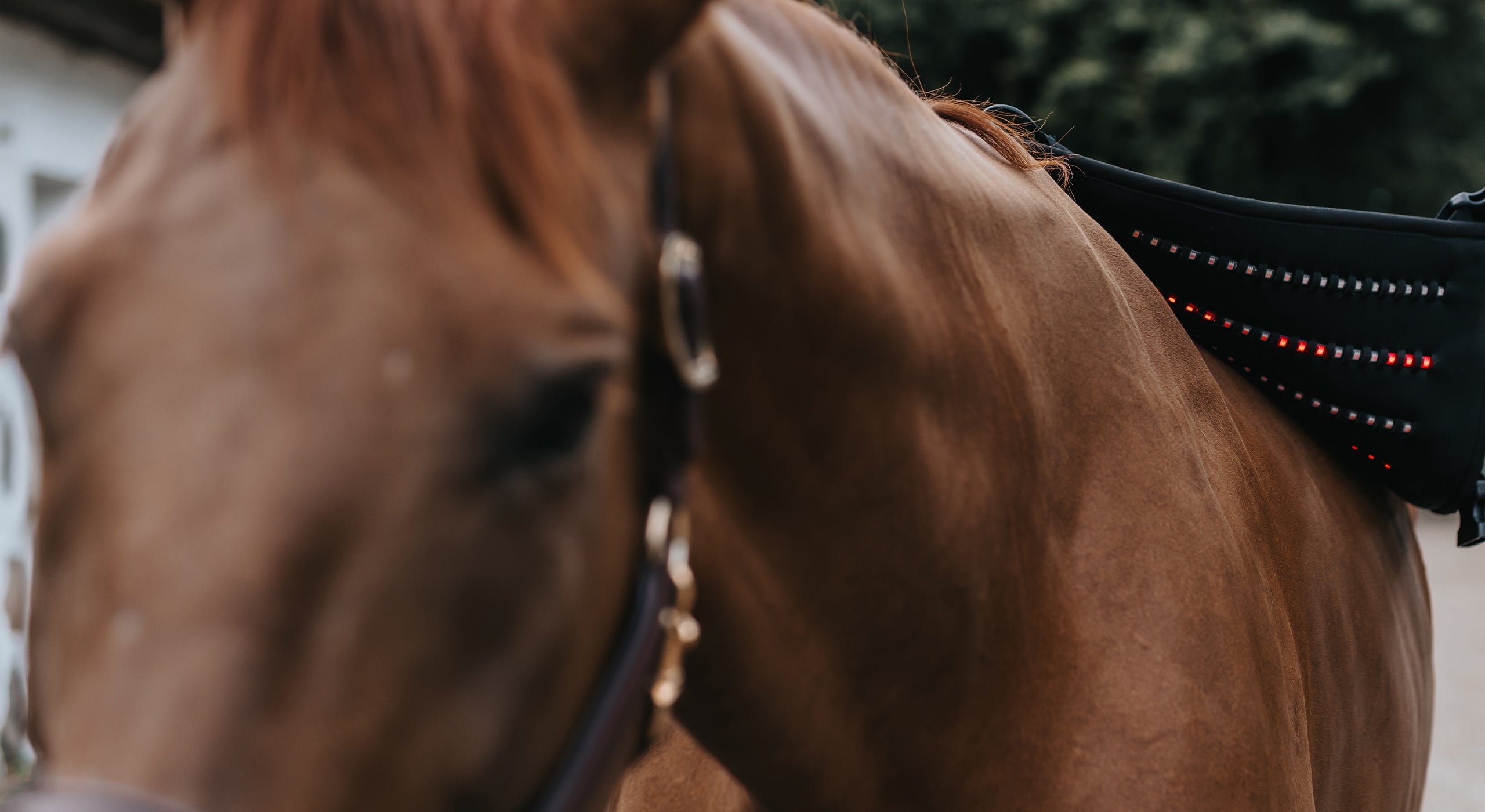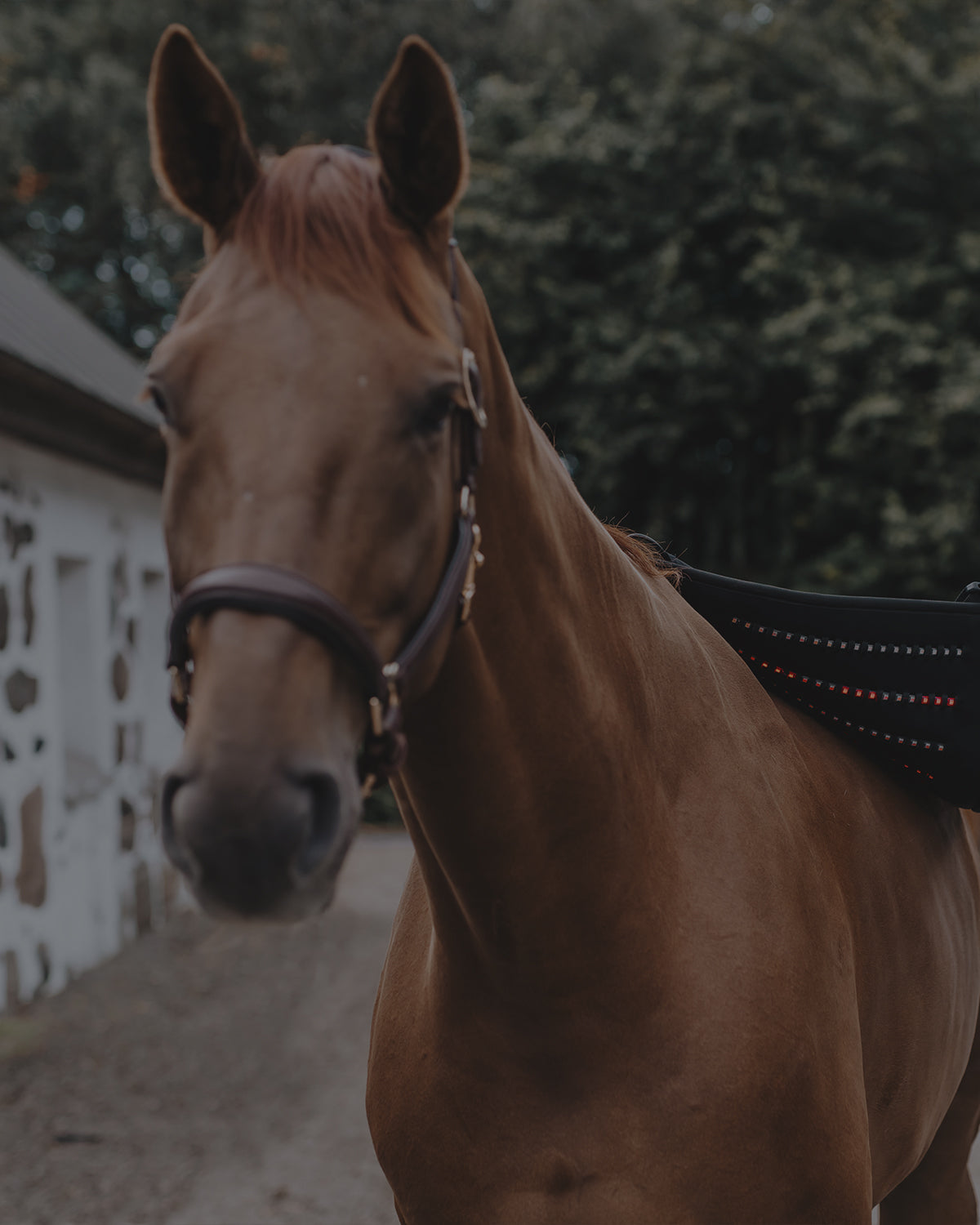
Buy
Invest in long term performance with your own LED Treatment System. Designed in Sweden for a lifetime of reliable use, it is the perfect choice if you prefer to own your system right away. Pay in full or choose flexible instalments — the choice is yours.
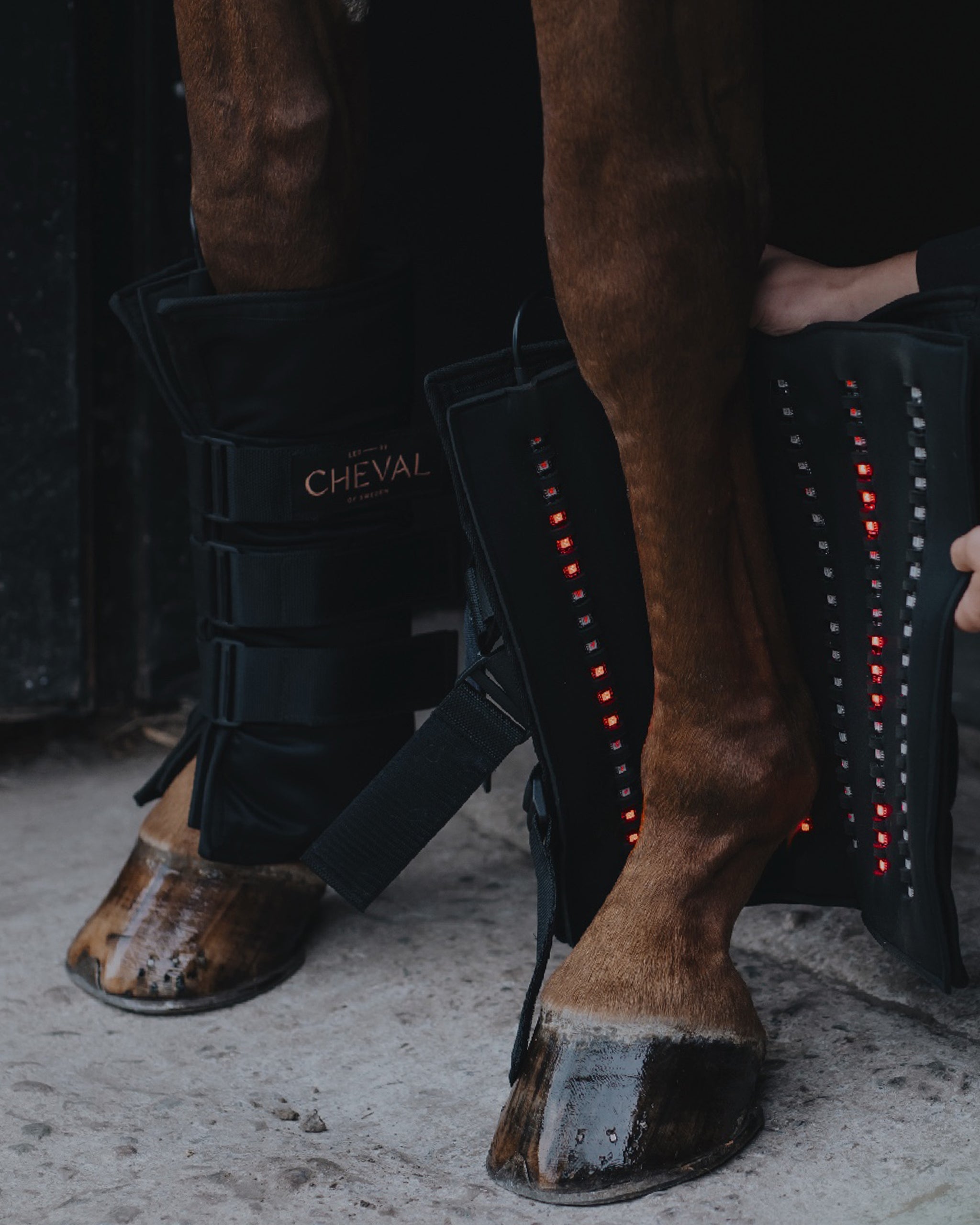
Rent
Rent for as long as you wish, with no deposit and no binding time. Ideal for injury treatment, intensive training or competition, or simply because renting suits you best. Return it whenever you like or switch to purchase later.
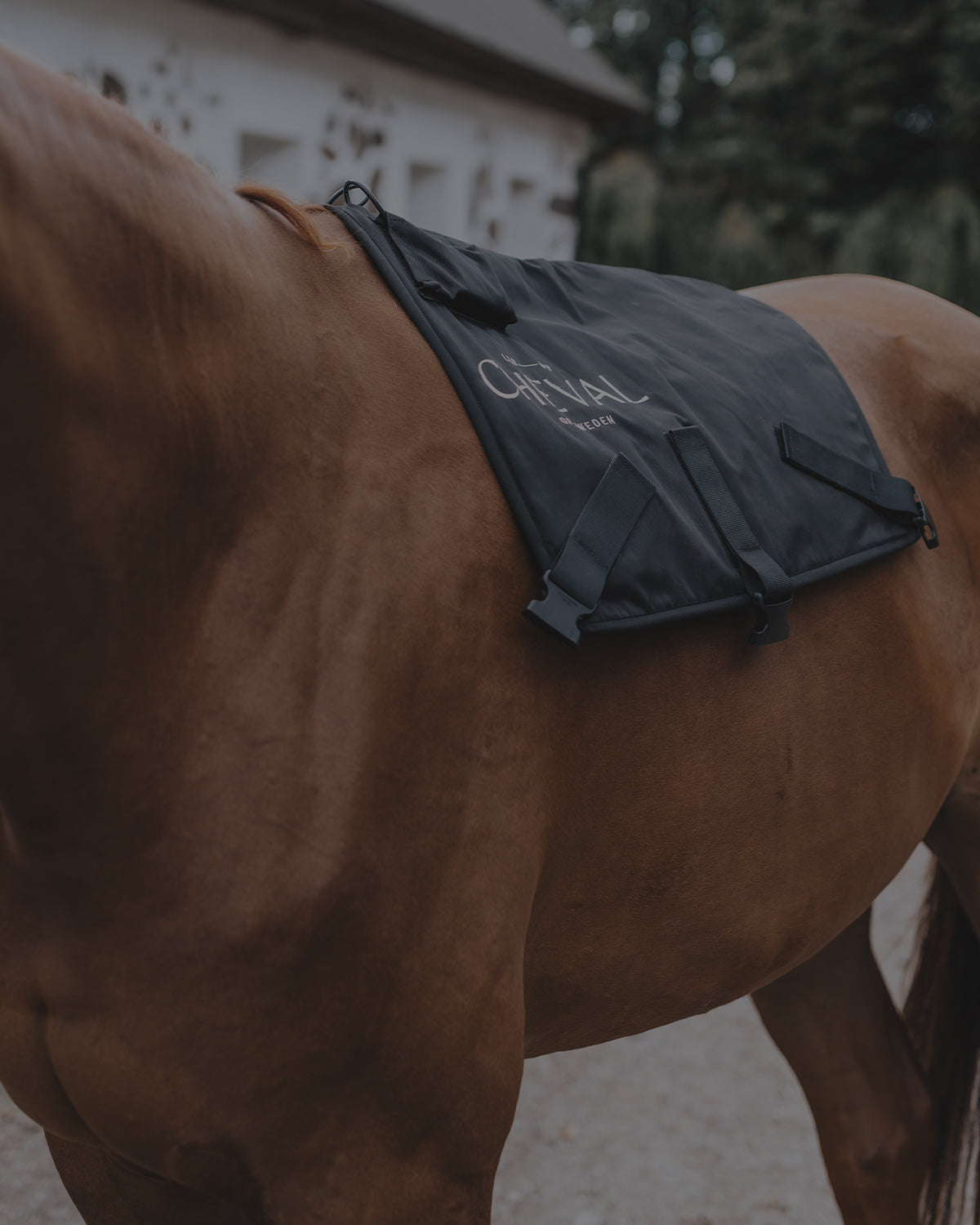
Rent-to-own
Try before you decide. Up to three months of your rental payments are credited towards a future purchase, giving you a head start on the investment. Perfect if you want to test the system first or are unsure which model best fits your horse’s needs.
Rent monthly with no binding time and no deposit required. The prices shown are per month, and your rental will automatically renew until you decide to cancel or purchase the system. Simple, transparent and designed to make advanced equestrian care accessible without commitment.
Rentals are available for you within the EU.
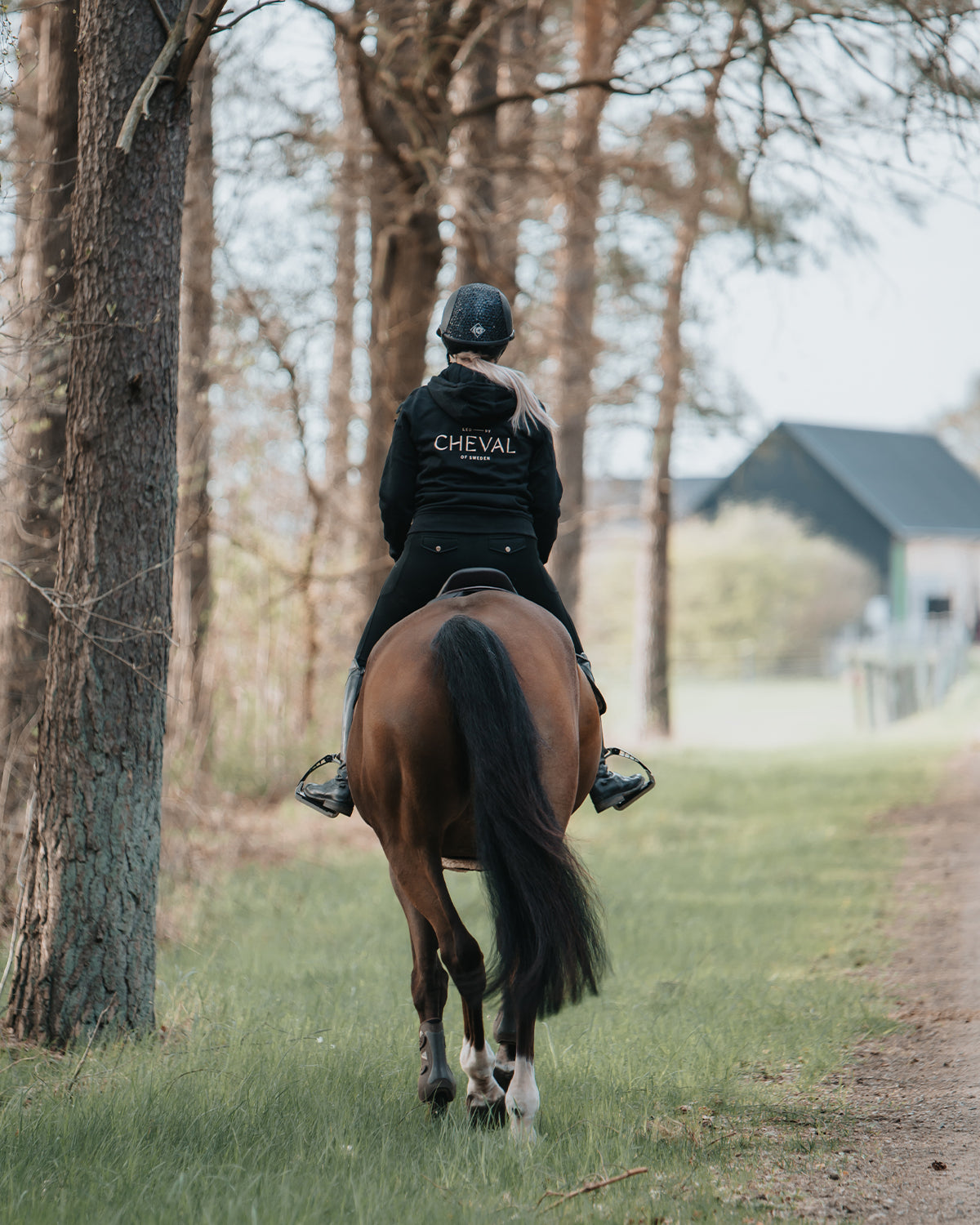
Maximize your horse’s potential
Using LED Treatment before training helps your horse perform at its full capacity by supporting:
Relaxes muscles, reduces stiffness, and promotes joint flexibility for more fluid, powerful movement.
Improves blood flow and oxygen delivery to muscles, supporting endurance, reducing fatigue, and accelerating recovery.
Stimulates natural ATP production, giving cells more energy to sustain performance during training and competition.
By reducing discomfort and tension, relaxation, attentiveness, and responsiveness are encouraged.
Helps regulate inflammatory processes, eases post-exercise muscle soreness, and supports recovery from overexertion. Thanks to faster recovery, your horse is better prepared for consistent training progress, leading to improved long-term results.
Enhances circulation and cellular energy to protect against overuse, minimise muscle soreness, and lower the risk of injury.
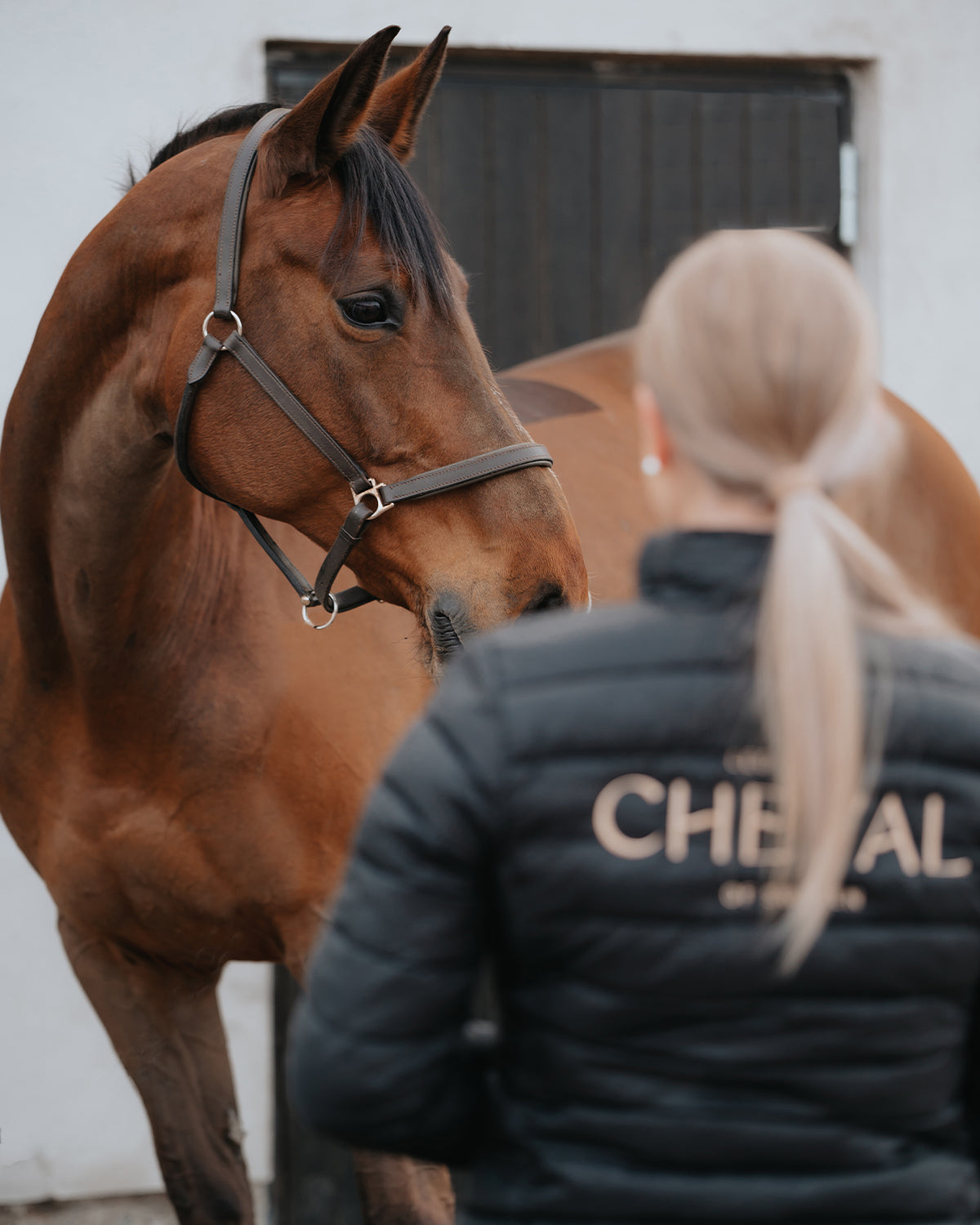
Accelerate and improve recovery from injuries
LED Treatment is a scientifically supported addition to equine rehabilitation, helping to shorten recovery time and improve outcomes for injuries and conditions such as:
Stimulates fibroblast activity to enhance collagen production, minimizes scar tissue formation, and alleviates pain by reducing inflammation.
Promotes muscle healing, reduces pain, and improves function. Stimulates ATP production for faster cell repair, reduces inflammation, and enhances circulation to deliver oxygen and nutrients.
Reduces joint inflammation, relieves pain, and supports cartilage repair. Stimulates collagen production, promotes healthy joint tissue, and alleviates swelling.
Accelerates wound healing by stimulating collagen production, reducing inflammation, and supporting the immune response. Minimizes pain and helps prevent infection.
Supports hoof health by promoting tissue repair, reducing inflammation, and alleviating pain.
Aids bone healing by stimulating osteoblast activity, increasing circulation, and reducing inflammation. Supports faster recovery and pain relief.
Supports nerve regeneration, improves circulation, and helps manage pain.
Improve horse performance and recovery in the long term
At LED by CHEVAL, our aim is to give every horse the best possible conditions to thrive – whether in training, competition, or recovery. We combine Swedish engineering with scientific research to design durable LED Treatment Systems that truly make a difference. Our mission is simple: to support horses and their owners with advanced technology, made with care and dedication.
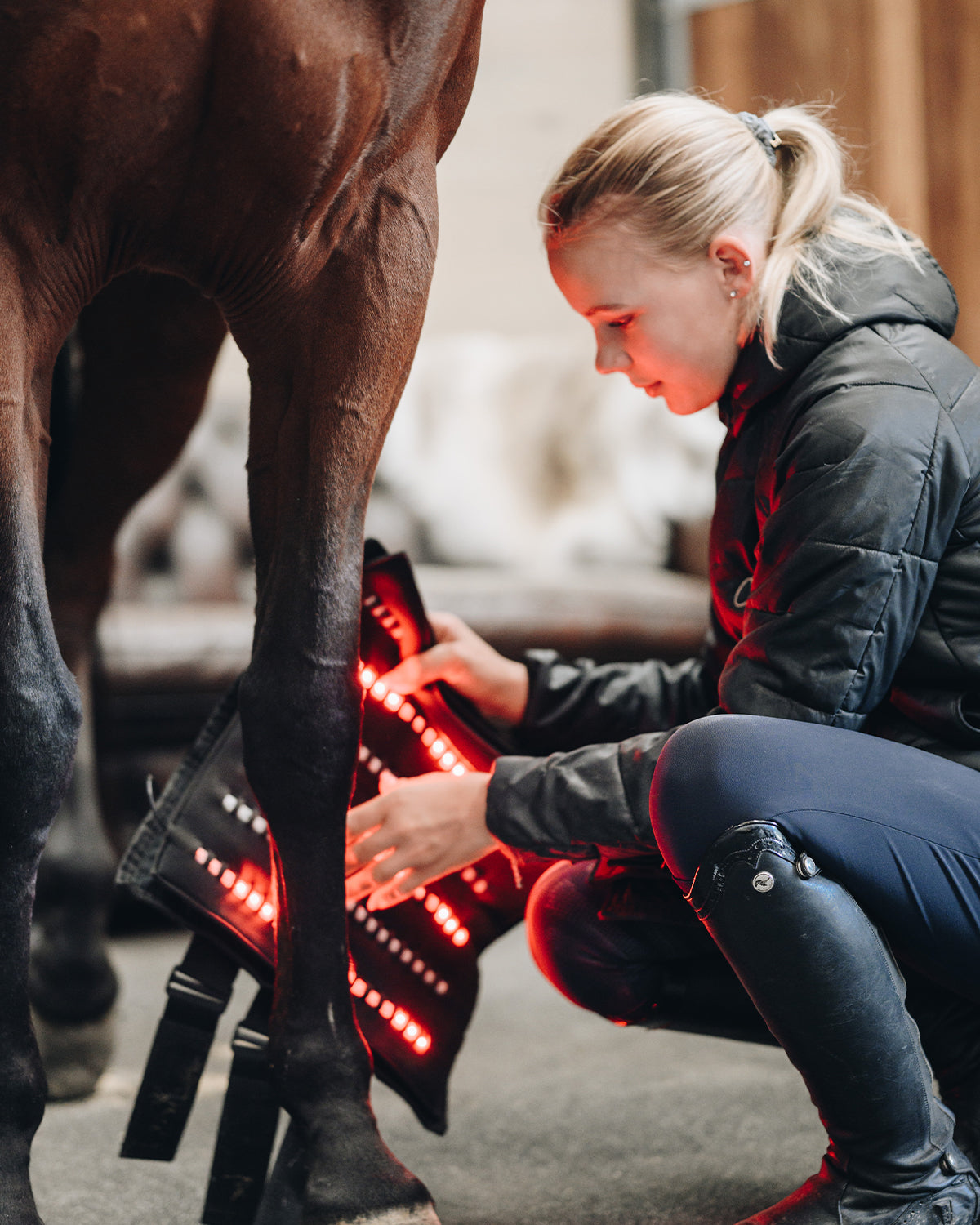
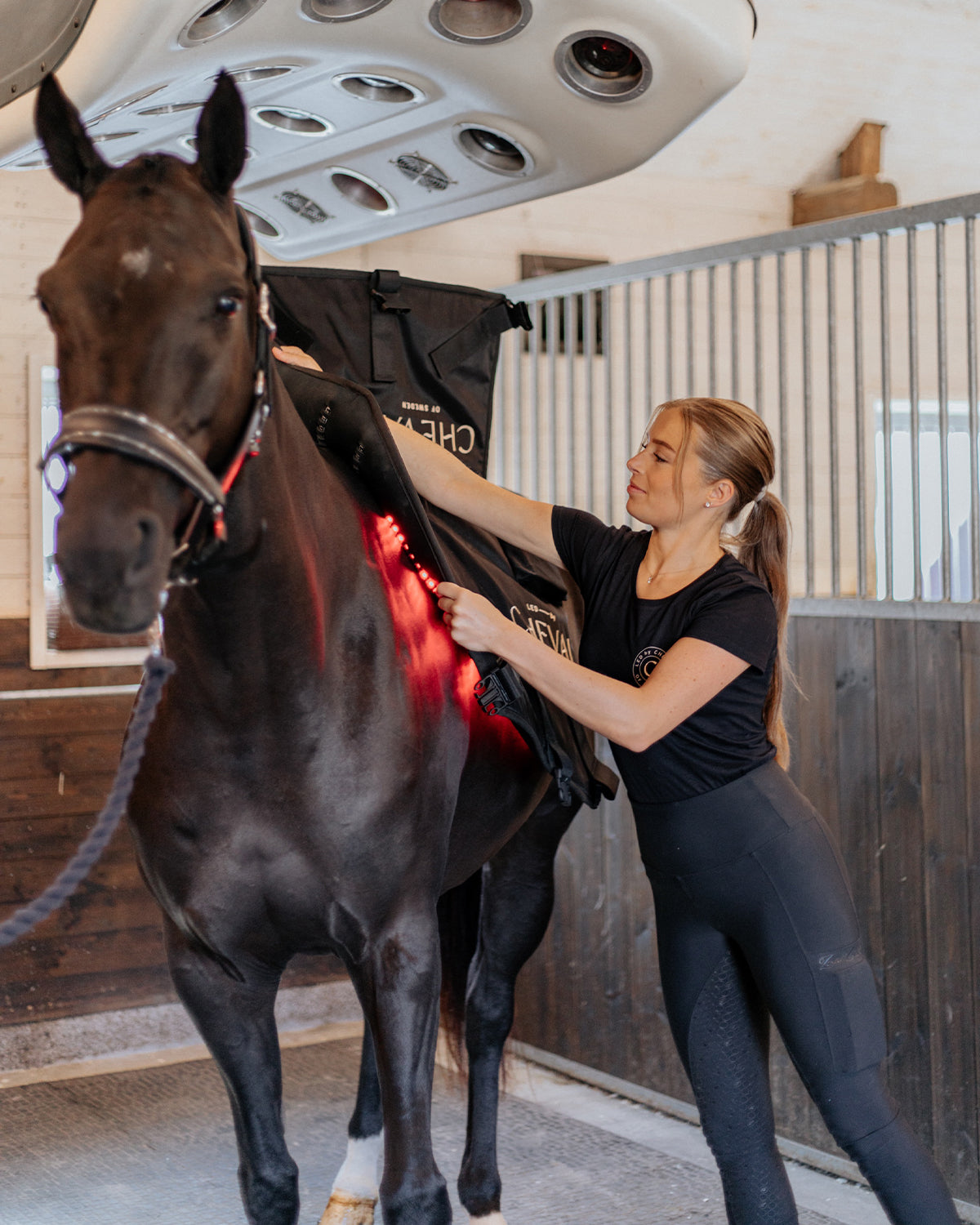

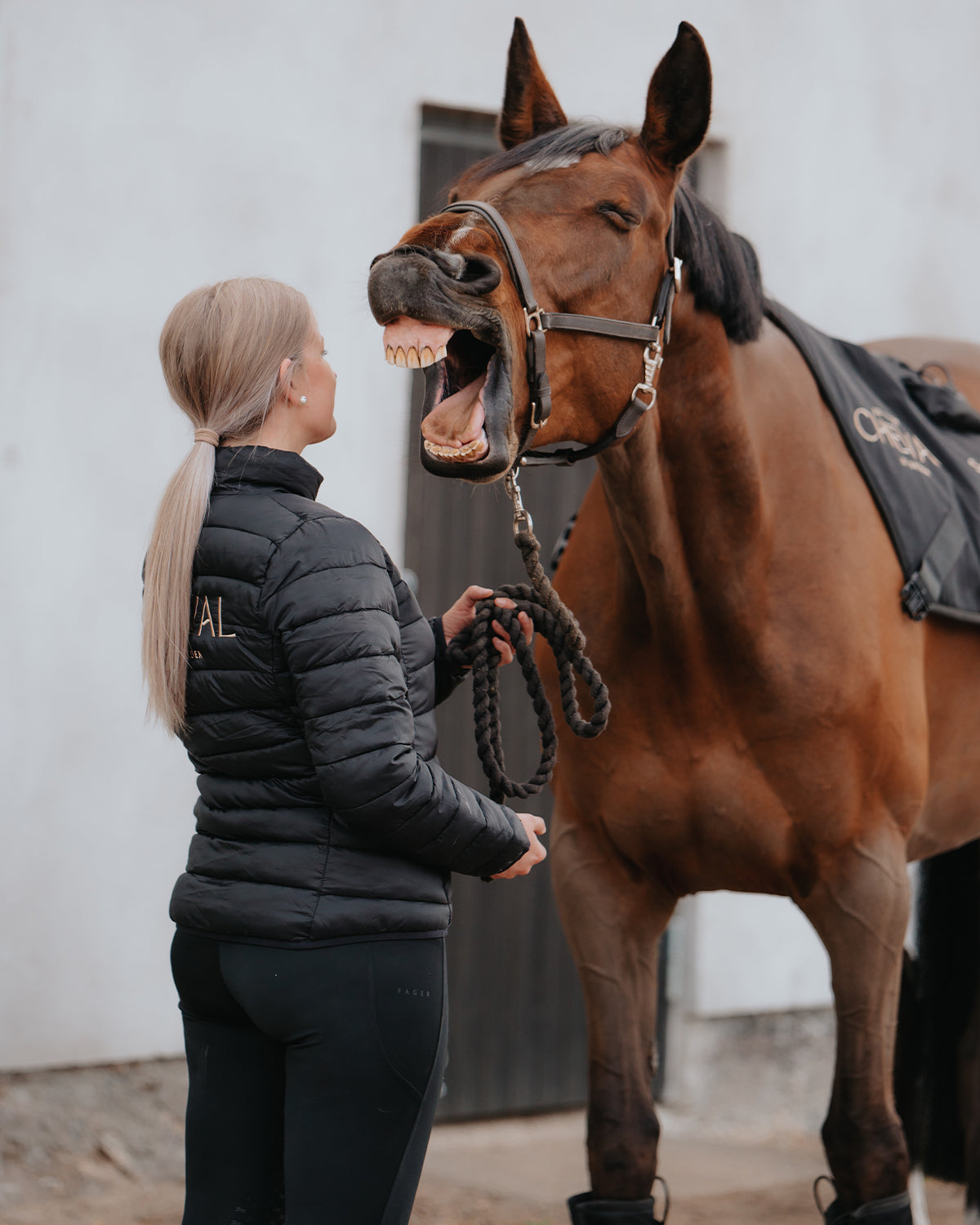
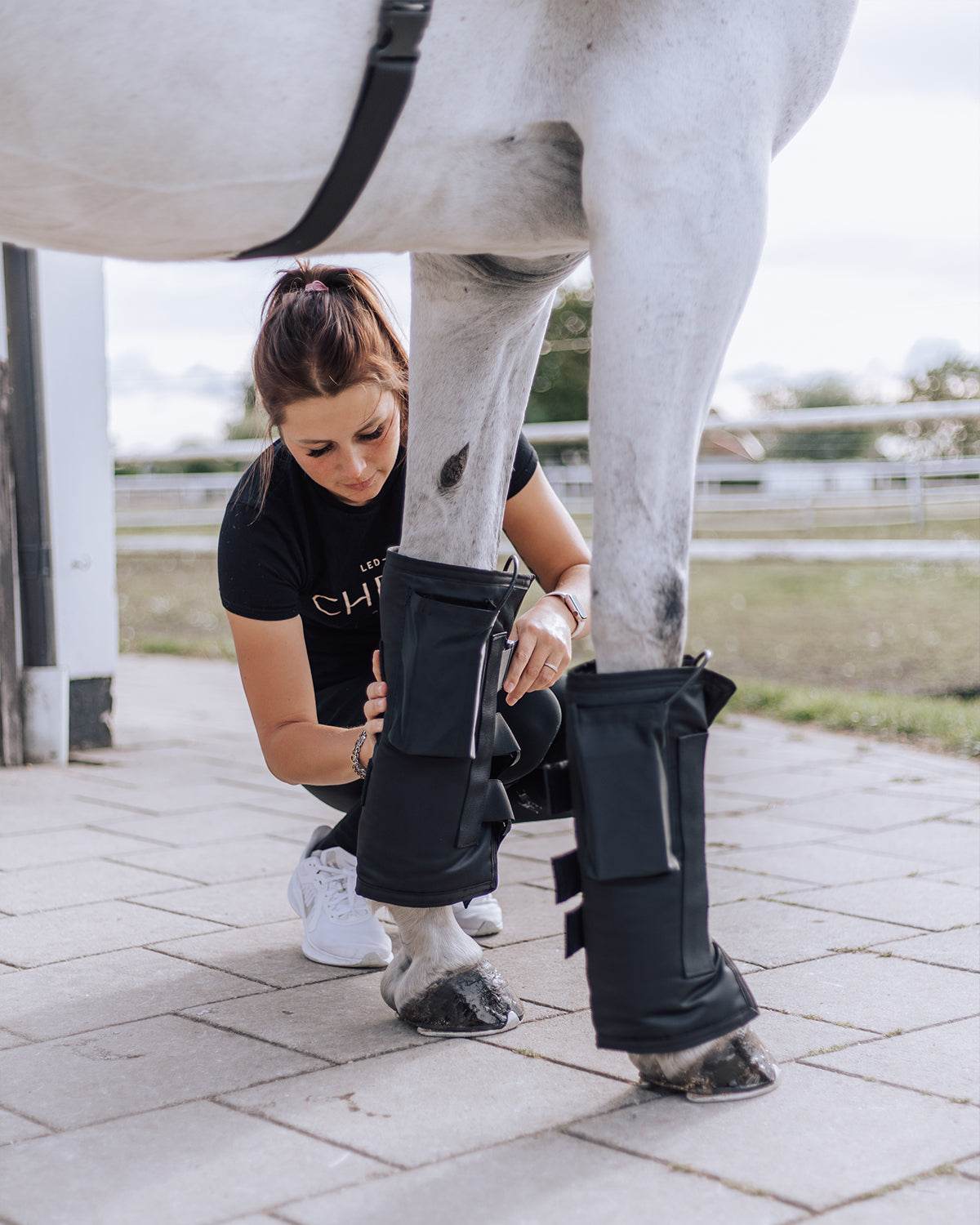
Camille
Love this leg wrap with infrared laser light. I use it every day for my horses. Even for the neck.
Moa
One of my favorite products before and after workouts. I notice a big difference when I used this before. It's so easy to use everywhere, legs, back and neck.
Andrea
Super happy with mine and I use it as a daily routine before and after training! My horses loves it and always falls asleep during the treatment

